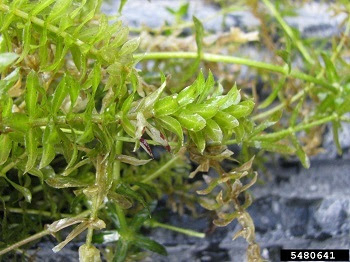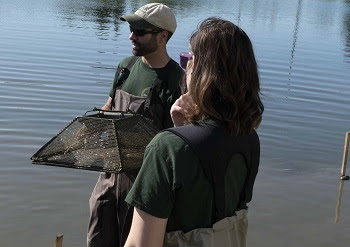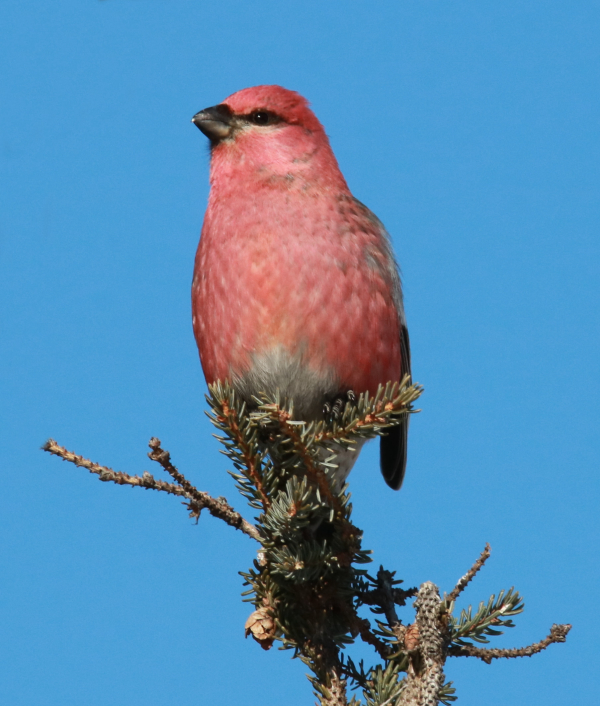Michigan Hunters: Remember to ‘Clean. Drain. Dry.’ to Protect Waterfowl Habitat
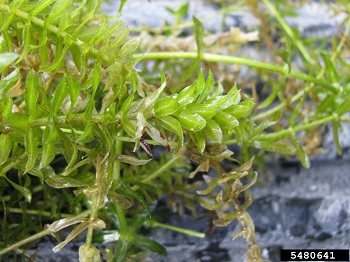
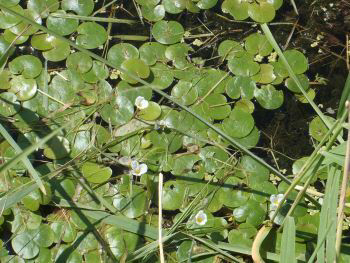
With the recent discovery of two new invasive aquatic plants in Michigan, the Michigan Invasive Species Program is asking waterfowl hunters across the state to take extra precautions this season to prevent the spread of invasive species.
Hydrilla, considered one of the world’s most invasive aquatic plants, was found in private ponds in southwest Michigan in fall 2023. The Department of Environment, Great Lakes, and Energy is working with landowners to eradicate the infestation. This month, a hydrilla detection in Ontario, Canada forced the closure of a portion of the Hillman Marsh Conservation Area popular with waterfowl hunters.
Glyceria maxima (also known as rough mannagrass) an invasive plant similar to phragmites, has been found in the Dollarville Flooding in Newberry. The Department of Natural Resources is working with the Three Shores Cooperative Invasive Species Management Area to manage the infestation.
In addition to these new invasive plants, concern remains about the spread of European frog-bit and invasive phragmites. All four species tend to grow in slow-moving waters – just the kind of places that ducks and geese flock to.
Invasive phragmites and Glyceria maxima are tall reed-like grasses that outcompete native species along shorelines and in shallow waters and block access for humans and wildlife.
Both European frog-bit and hydrilla create thick mats of vegetation that can hamper the movement of diving ducks and reduce the availability of snails, mollusks and other food sources.
Plants can get caught in boat motors and gear, making it harder to navigate prime hunting areas.
Infestations can spread to new water bodies when plant fragments, rhizomes (root structures) or small, seed-like turions attach to boats, trailers, gear and even dogs.
To protect Michigan’s waterfowl habitat, hunters are asked to take the following precautions:
- CLEAN equipment (including waders, decoys, straps, anchors, boats, and trailers) thoroughly between trips to keep from transporting undesirable plant fragments, seeds or organisms from one site to another.
- DRAIN all water from boats, trailers and equipment.
- DRY boats, gear and equipment for 5 days (if possible) before transporting to another waterbody.
- Inspect all gear and equipment before and after use, including anchors, decoys and lines, blinds, waders and clothing. Remove any plants, debris or soils.
Remember that Michigan boating laws require boaters to pull plugs, drain water and remove plants and debris from boats and trailers before getting on the road.
Hunters are encouraged to use synthetic materials to camouflage boats and blinds or choose known native species like cedar to avoid accidental selection of invasive plants.
A helpful video, Invasive species: Phragmites and waterfowl hunters, and more information about invasive species can be found at Michigan.gov/Invasives.

